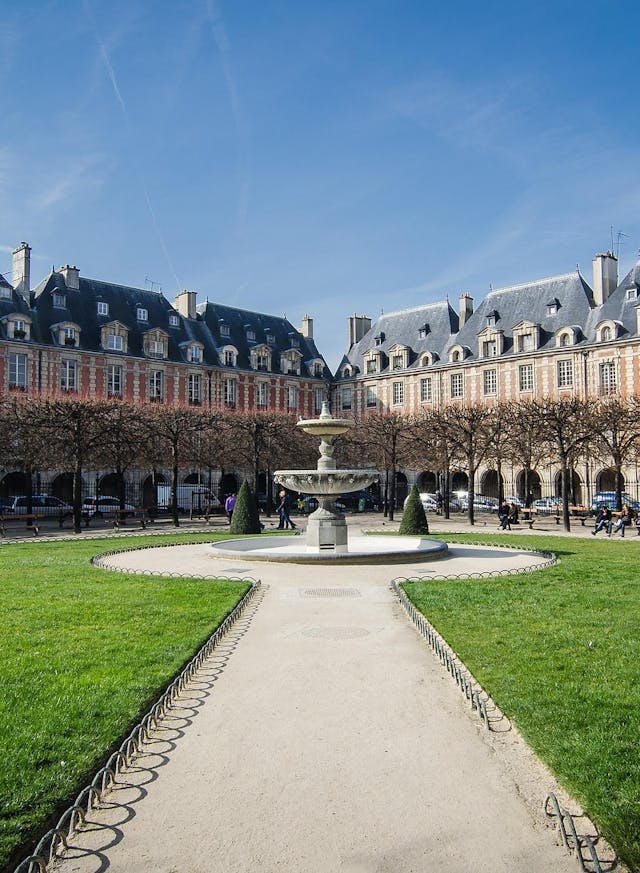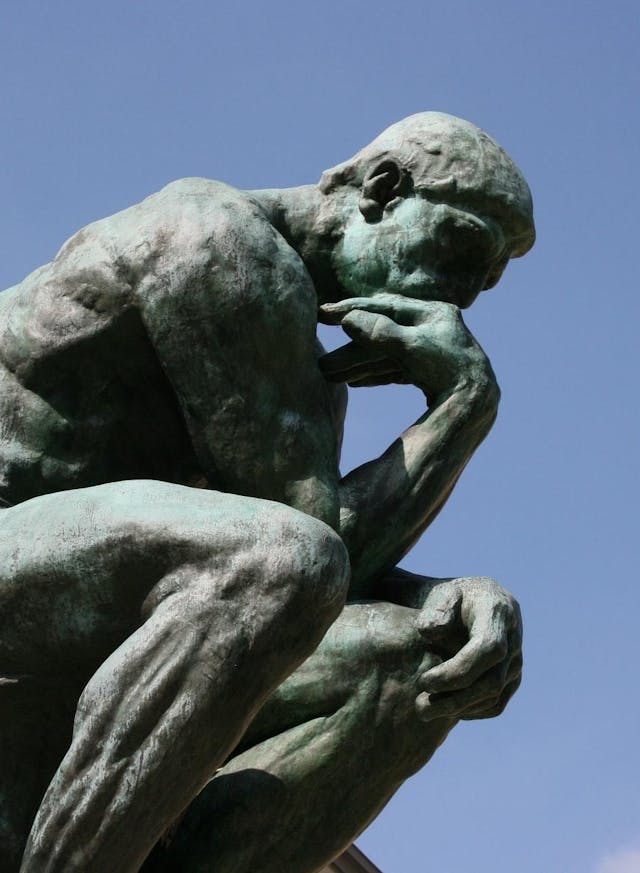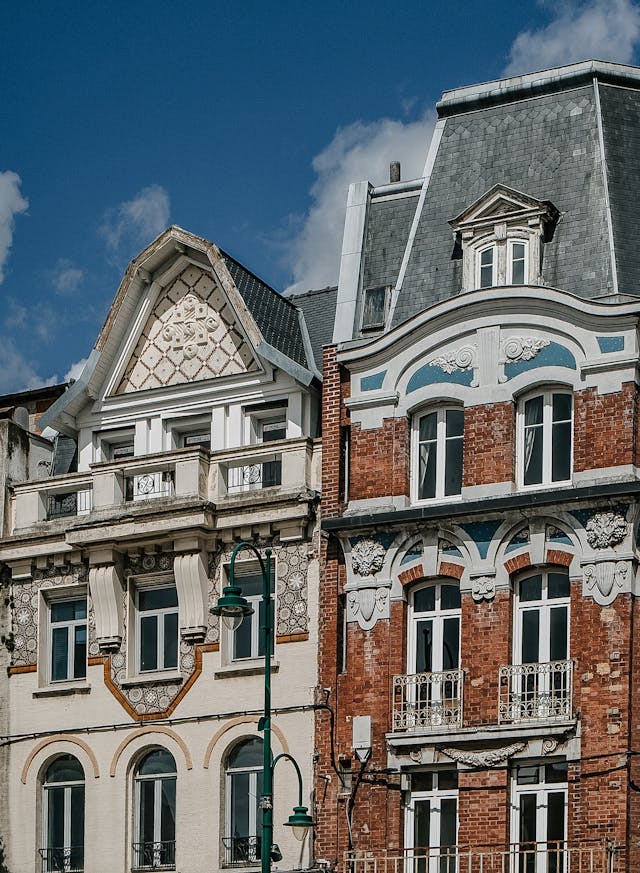
Art & Culture
Paris of French and American Writers: Following in the footsteps of Hemingway, Fitzgerald, Proust, Sartre…

Art & Culture
The Louvre-Lens' New Gallery of Time: A Reimagined Immersive Experience

Art & Culture
Le Marais: An Immersion in the History and Contemporary Culture of Paris

Heritage
The Secret Gardens of Paris: A Green Odyssey in the Heart of the City of Light

Itinerary
Paris for Lovers: A Romantic Itinerary Through the City of Light’s Bridges and Squares

Heritage
A graceful journey along the Seine

Heritage
A Unique Escape in Northern France

Art & Culture
The Age of Enlightenment: Discovering Paris' Museums!

Heritage
The Eiffel Tower and Surroundings: Guide to a Perfect Day in Paris

Heritage
Architectural Secrets of the Left Bank: From the Sorbonne to Saint-Germain-des-Prés


